-
Centre Pompidou renovation: get to know this 'inside out' Paris site
Centre Pompidou is one of France’s most recognisable public buildings, but it will be temporarily closed to the public from September
-
Five exhibitions to see in France this summer
A round up of events for your cultural calendar
-
Learning French: jouer à l’oreille and more musical phrases
Fine-tune your music-themed vocabulary for the fête de la musique on June 21
From Renaissance to Hockney - 12 Spring exhibitions to see in France
A snapshot of this year’s cultural scene also takes in exhibitions of the Ancient Greeks and Egyptians as well as putting the Normans in their place
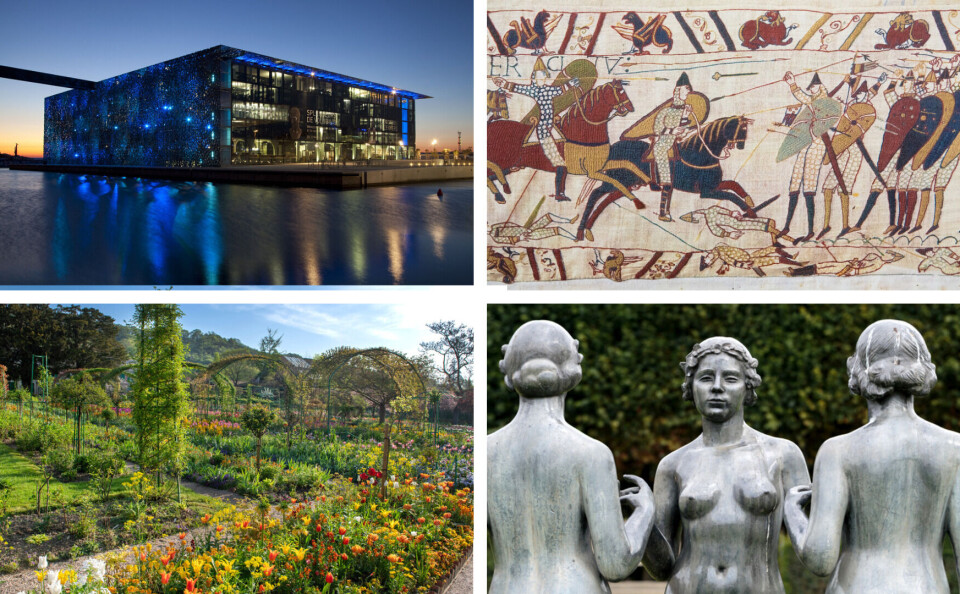
This mini-guide to exhibitions around France in the coming months takes you from a mini-retro of Suzanne Valadon in Metz – via a wonderful autochrome display in Tours – to a splendid Pharaonic exhibition in Paris, with history on view as well as a wealth of art.
The selection of a ‘Dozen of the Best’ gives you a cultural heads up for the New Year. Article compiled with information from France’s public service media Franceinfo and the cultural venues themselves. As with all events it is advisable to double check before making a journey as dates can change.
Deauville - pop art
The Franciscaines de Deauville look at pop art and psychedelic art and pose the question of how a more contemporary generation has appropriated language not just of painting, but of language itself.
The exhibition brings together some 50 pieces, paintings, films, record sleeves, posters, architecture, comics, photos, books from the Carmignac Foundation's collection (Andy Warhol, Roy Lichtenstein, Keith Haring).
From January 28 to June 25.
Marseille - Alexandria through the ages
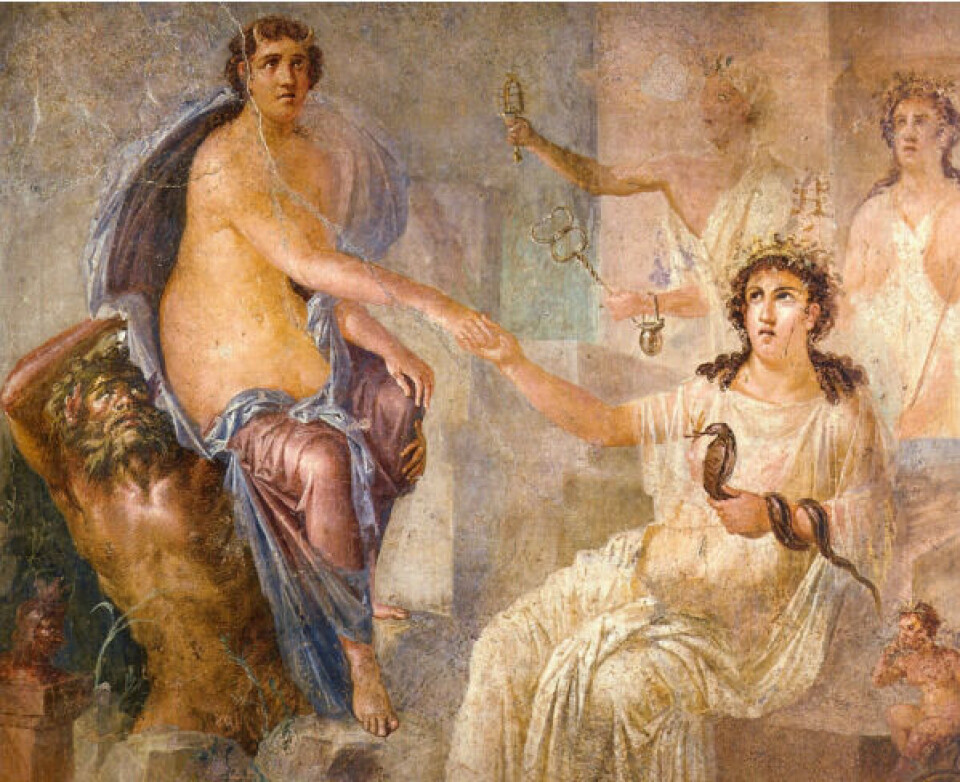
1st century mural of Io meeting Isis at Calope - Io being one of the mistresses of Zeus who gets turned into a white bull for her efforts. Photo credit: Mucem
The famous Mucem (Museum of Civilisations of Europe and the Mediterranean) visits the past and present of Alexandria.
Some works date back to Alexander the Great and the creation of the great Egyptian city, with examples of Byzantine and Islamic art.
Some 16 current artists curate their take on the city as it is now through the prism of past and present.
From February 8 until May 8.
Lens - an exploration of nature and the countryside at the Louvre’s outpost
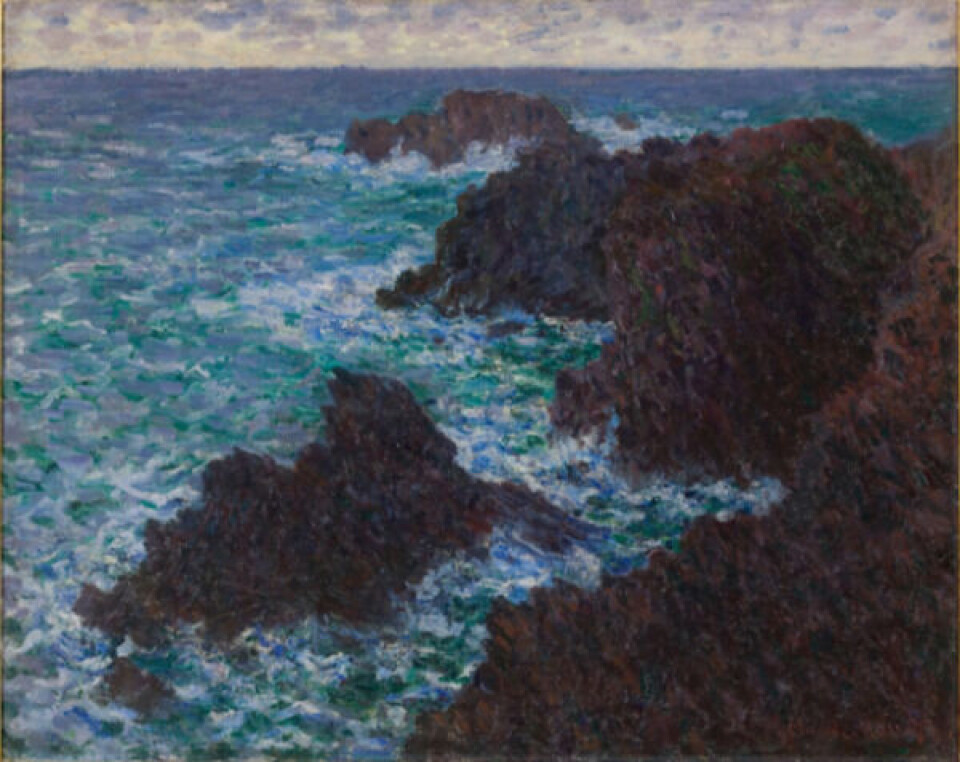
Les rochers de Belle-Ile, la Côte sauvage, Claude Monet, 1886, huile sur toile, Paris, musée d’Orsay. Photo credit: RMN-Grand Palais (musée d'Orsay) Adrien Didierjean
Sky, land, sea, light and darkness, trees, plants, rocks and streams, the Louvre-Lens explores the theme of landscape and nature in art, from the Renaissance to the present day.
Pieces range from those snapshots of the Impressionists to the misty paintscapes of Chinese art, from the small drawing to the mighty panorama, with famous and, sometimes, unexpected works.
From March 29 to July 24.
Roubaix - the sculptures of Aristide Maillol
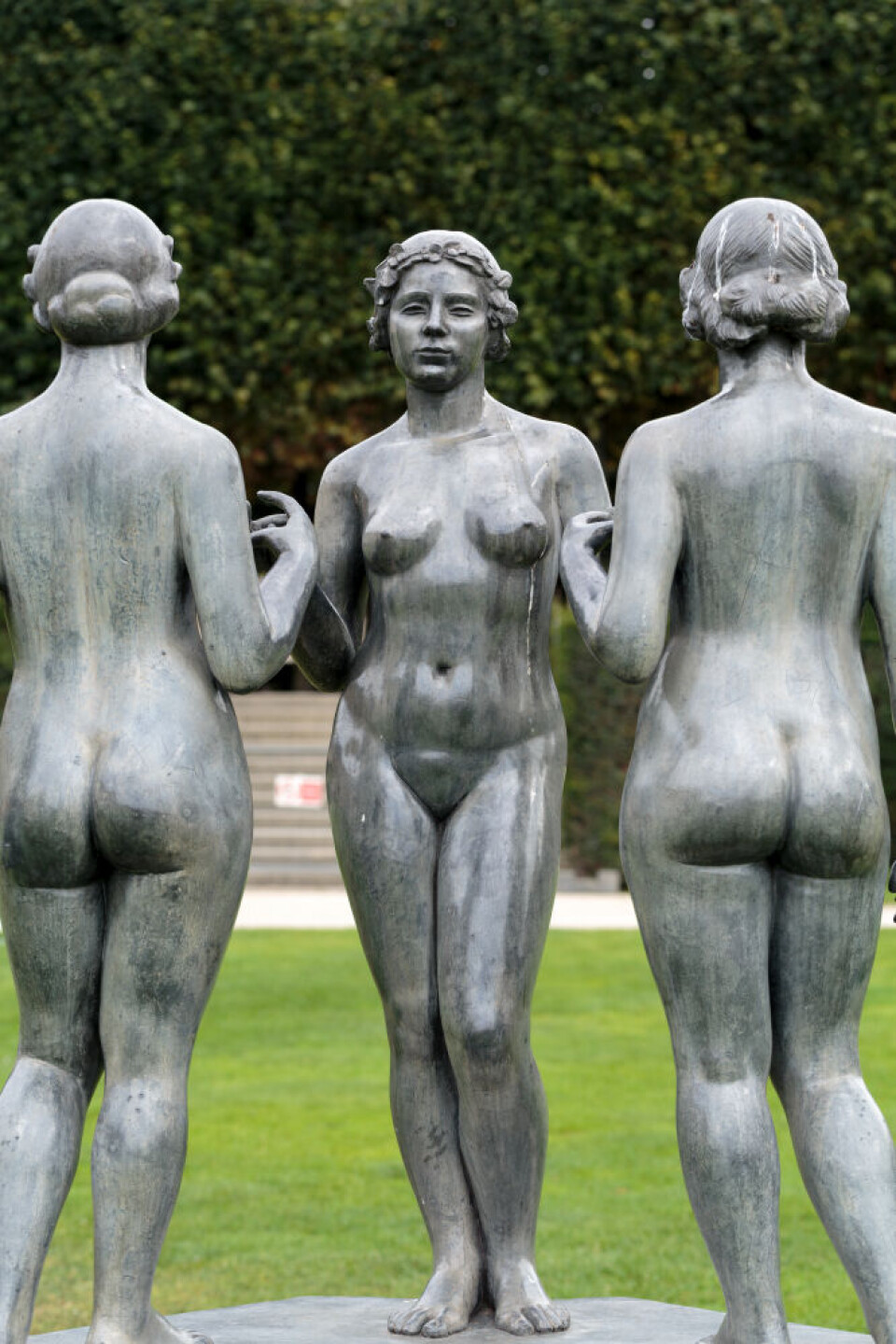
Bronze sculpture The Three Nymphs by Aristide Maillol in Tuileries gardens, Paris. Photo credit: wjarek / Shutterstock
La Piscine de Roubaix retraces the career of the sculptor Aristide Maillol (1861-1944), known for his massive female figures but whose early career was devoted to painting and tapestry.
He was close to the post-impressionist French painter movement Nabis and became friends with Maurice Denis and Edouard Vuillard.
The exhibition, which was also at the Musée d'Orsay in Paris in 2022, showcases his work in all its variety: sculptures, of course; ceramics; embroidery; decorative art objects; drawings and engravings.
From February 25 to May 25.
Giverny - Impressionism and the family
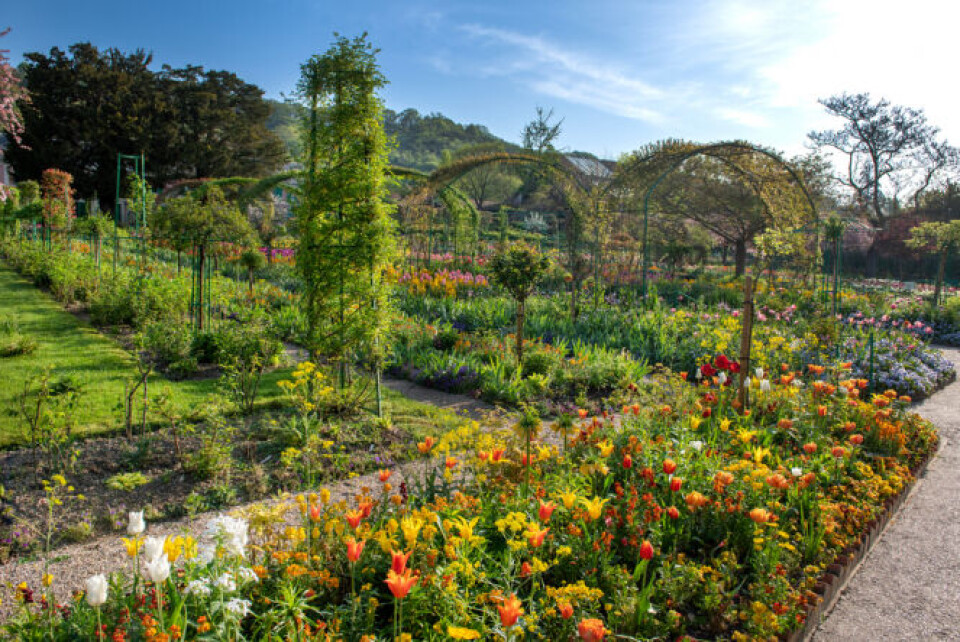
Eure Giverny: Claude Monet's garden and home. The attractions include the Museum of Impressionism, dedicated to the history of impressionism and the Giverny art colony. Photo credit: Silverbackstock / Shutterstock
How did Auguste Renoir, Camille Pissarro, Berthe Morisot, Claude Monet or Mary Cassatt paint their families and those of their relatives?
What do their works say about the place of the child and the role of parents at a time when the Third Republic and Jules Ferry were working on the famous education act of the working classes?
This is what the Musée des Impressionnismes in Giverny (Eure) has asked itself, presenting an exhibition on childhood in Impressionist painting.
From March 31 to July 2.
Aix-en-Provence - Hockney selection

Mr et Mrs Clark and Perc, 1970-1971, acrylic on canvas, 213,4 x 304,8 cm, Tate Gallery 1971, © David Hockney, Photo: Tate
Since his very first works the Musée Granet, in collaboration with the Tate in London, has been keenly following David Hockney, the hugely popular British artist and towering colourist.
He is especially known for his iconic collection of swimming pools of the American West in the 1960s or, more recently, for his landscapes of Normandy where he now lives.
He has used acrylic paint, printmaking, photography before focusing on digital works in recent years. He also pays tribute to Cézanne.
From January 28 to May 28.
Paris - the ‘Ramsès’ exhibition
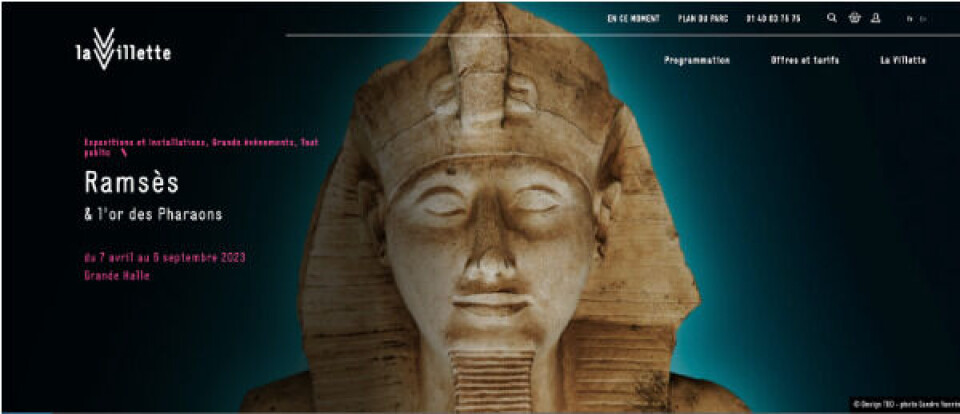
La Villette website, exclusive to Paris: the sarcophagus of Ramses. Credit: Design TBD, photo Sandro Vannini
The Egyptian authorities have just granted to France an exceptional loan for the exhibition ‘Ramses and the Gold of the Pharaohs’ at the La Villette (Paris XIXe): the pharaoh’s coffin.
Reservations are advised and the first Sunday, April 9, is already sold out. The highlight of the ‘Ramses’ exhibition, the pharaoh's coffin, will only be visible in Paris.
The sarcophagus does not normally move outside Cairo but because of strong links with French archaeology an exception is being made – a pharaonic homage to the capital.
April 7 until September 6.
Metz - The art of repetition and a mini-retro of Susan Valadon at the Centre-Pompidou
Artistic creations are often made of repetition. Repetitions of motifs or figures, for instance. Some artists even make it their main method.
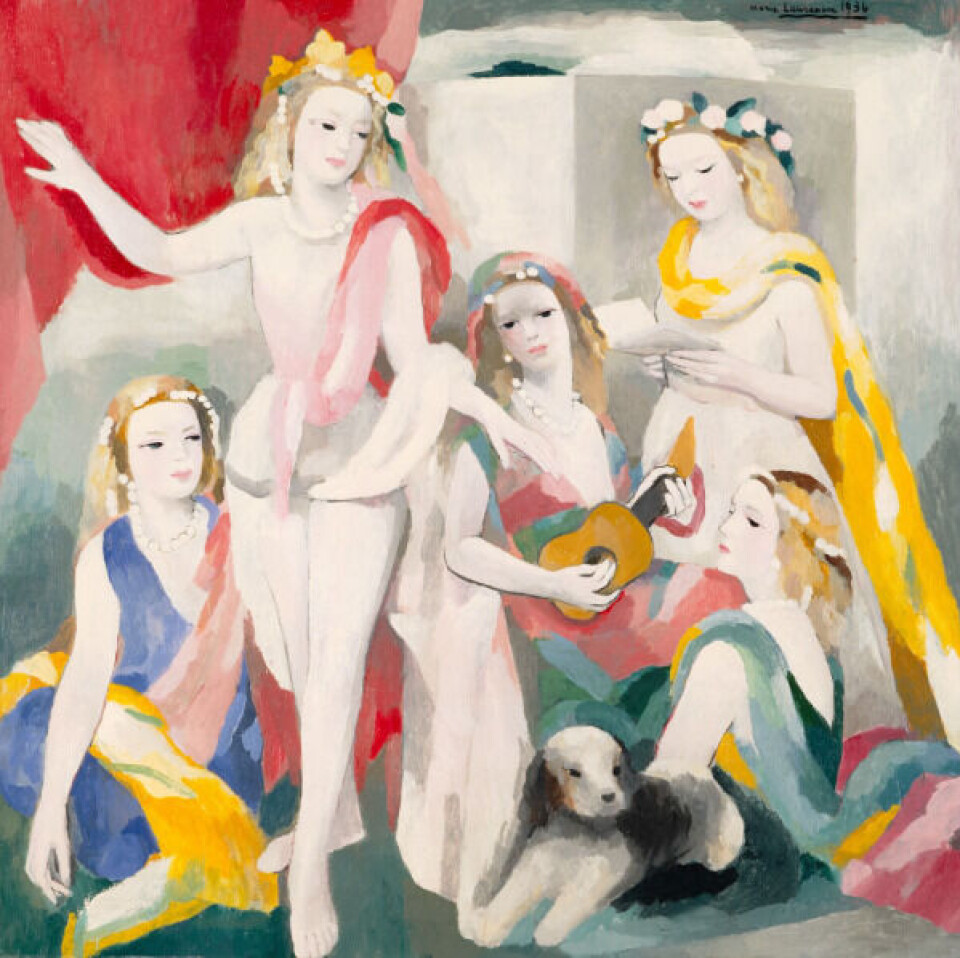
Marie Laurencin, La Répétition, 1936. Photo credit: Centre-Pompidou, Metz
Starting with Marie Laurencin's La Répétition, which reformulates Picasso's Demoiselles d'Avignon, this is what the Centre Pompidou-Metz shows us.
Through the works of some 60 artists from the collections of the Centre Pompidou.
From February 4, 2023 to January 27, 2025.
As a young girl, she posed for Renoir, Puvis de Chavannes and Toulouse-Lautrec, then drew and learned engraving from Degas.
Suzanne Valadon (1865-1938) was one of the first women to exhibit at the Société nationale des Beaux-arts.
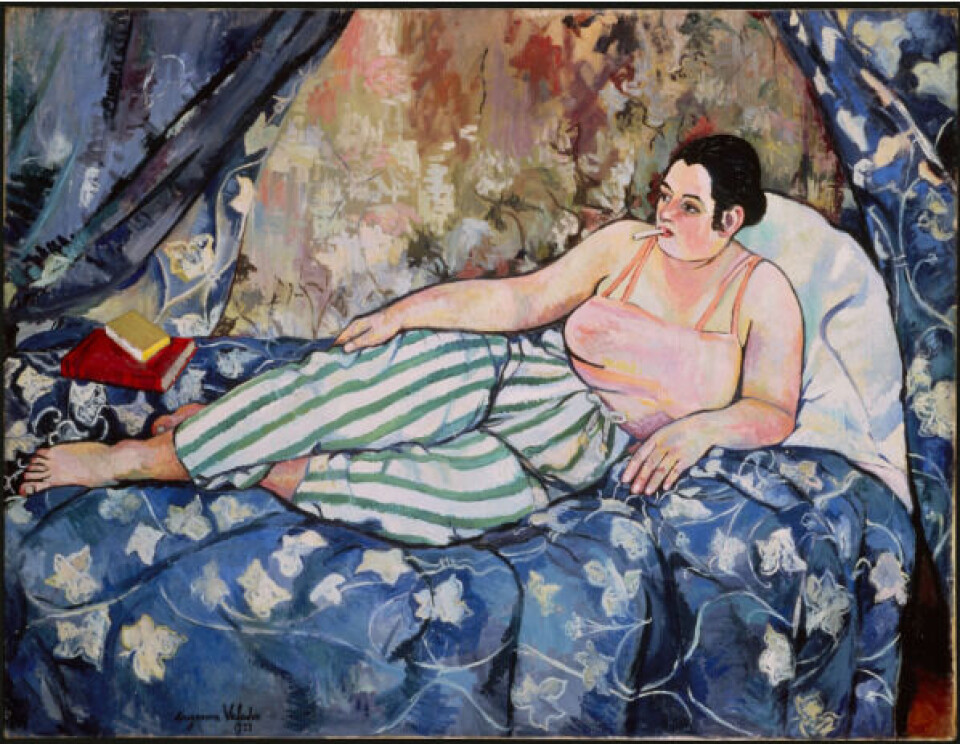
Suzanne Valadon, La Chambre bleue, 1923. Photo credit: Centre-Pompidou, Metz
She stands out for her personal vision of childhood, adolescence and the nude. The Centre Pompidou-Metz is devoting a monograph to her with more than 200 works, including her personal collection of Degas, some of which have never been shown before, to show the richness of her work and to propose a rereading of it.
From April 15 to September 11.
Rouen - the Normans as conquerors and innovators
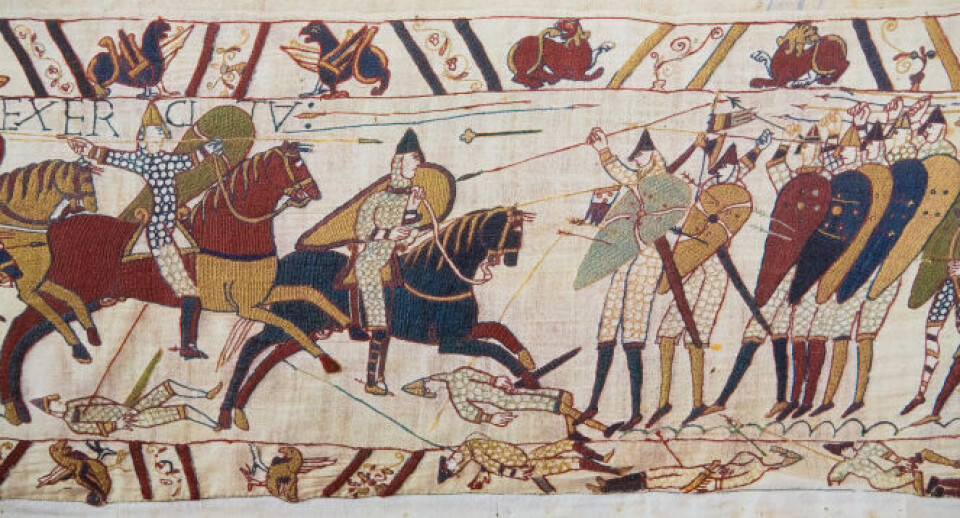
A detail from the Bayeux tapestry depicting the Norman invasion of England, but the Rouen exhibition will be much more wide ranging. Photo credit: jorisvo / Shutterstock
The museums of Rouen pull together to devote a large exhibition of cultural and artistic objets d’art from mediaeval times during the period of Norman expansion.
Some 350 objects tell the story, from the first the Scandinavian origins in the ninth century going forward to the twelfth century.
First, we have the arrival of the Vikings and then the Frankish Empire, when King Charles entrusted Normandy to a Viking leader, Rollin.
Then the conquest of England and the cultural dynamics in the Anglo-Norman period, and finally the exchanges with Spain and Italy.
From April 14 to August 13. Who, where, when and why!
Toulouse - Gabriele Basilico and Francesco Jodice
The Château d'eau in Toulouse exhibits two great Italian photographers. Gabriele Basilico, who for nearly 40 years has cast his architectural eye over cities around the world.
Here we will see his work in Beirut, in 1991, 2003, 2008 and 2011, where he documented the reconstruction of the city (from February 1 to May 14, 2023).
For the West project, Francesco Jodice travelled to the American West to follow the evolution and decline of the world's greatest power, between the gold rush and financial collapse (February 1 to April 2).
Tours - belle epoque autochrome at the Château de Tours
Autochrome, a colour photographic process invented by the Lumière brothers in 1903 and commercialised in 1907, was hugely popular at the beginning of the twentieth century, before falling out of fashion in the 1920s and 1930s because it was too fragile and difficult to reproduce.
The Château de Tours exhibits 176 works from two collections, the AN collection, which explores the particular aesthetics of autochrome, its soft tones and its poetry, and the documentary collection of autochromes from the First World War.
On view from May 25.
Montpellier - The Theatre of Silence
Born in 1959, Djamel Tatah has been painting since the 1980s, on coloured backgrounds, anonymous human figures linked to each other, whose attitudes he has drawn from photographs.
His painting is theatrical and "silent", according to the words of the artist who claims a "political position" on our relationship to others and to society.
The exhibition at the Fabre Museum in Montpellier presents forty often monumental paintings that explore the issues of his work.
Showing until April 16.
Related articles
Fantastical French pebble palace among 10 most-Googled cultural sites
100 French heritages sites to receive funding through lottery funds
How the Revolution gave France a head for heritage conservation
























